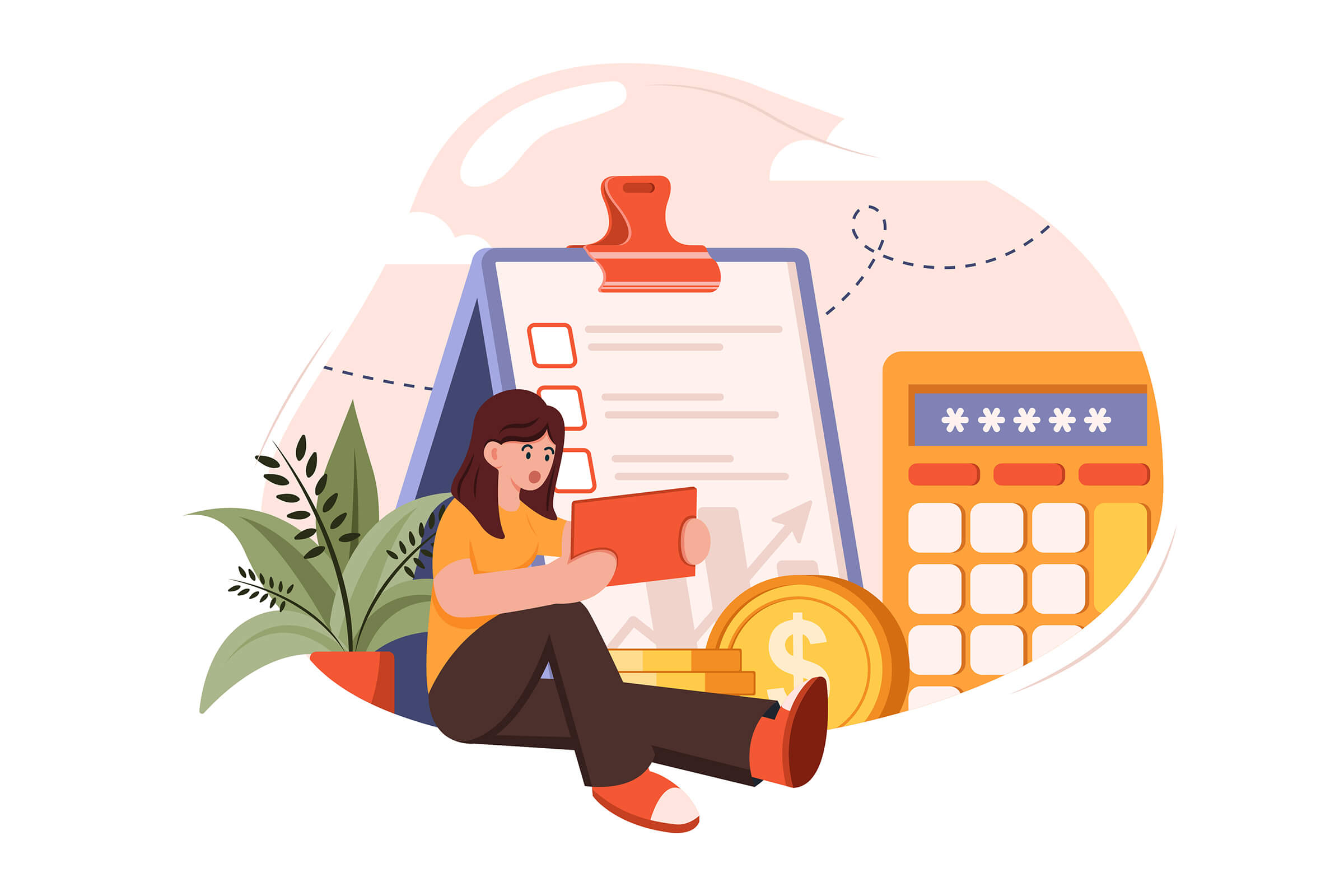Have you ever heard the term ‘Cash Is King?’ When it comes to eCommerce, this saying is true.
Your flow of cash is what keeps your business afloat, so you need to have a steady influx of cash flowing into your business to cover your costs and turn a profit.
With eCommerce businesses, this can be difficult to achieve as they constantly need cash to re-invest back into replenishing stock, paying for shipments, and all of the other overheads involved.
In this blog post, we will discuss what creates poor cash flow, and I’ll provide 7 tips that will help you improve your cash flow and keep your business running smoothly.
What is cash flow in an eCommerce business?
Cash flow is the movement of money into and out of the company.
This includes sales coming in, and expenses being paid out.
It’s important to keep a close eye on your cash flow because if there isn’t enough money coming in, it can be difficult to cover all your costs and make a profit and keep a steady flow of inventory available in stock.
When I first started my FBA business in 2015, I’d heard the words ‘cash flow’ before, and thought it was just another business term for money.
I didn’t realize that your cash quite literally has to flow smoothly in and out of your account, without too much drama, whilst growing each month.
Reasons For Poor Cash Flow
I quickly discovered that timing was my biggest downfall when it came to cash flow.
When I first started, I invested most of my savings into my inventory order and paid the shipping fees upfront, leaving me with nothing left to place a deposit down on my second inventory order.
I then had to wait until I had generated enough sales from my first inventory, to pay the deposit for the manufacturing of my second order.
This was not only a nightmare for my cash flow, but it was also poor inventory management.
To fully understand how running out of stock can have negative effects on your cash flow, you first need to understand the process of ordering inventory and the time scale of the process:
- Place a deposit with the manufacturer, and wait for your turn in the production line.
- Start the manufacturing process (around 30 days)
- Quality Control inventory before shipment (up to 2 days)
- Ship your inventory to your desired location (China to the US – around 30 days)
- Use a 3rd Party Logistics company to palletize your stock and move it to the correct fulfillment center. (around 7 days)
- Wait for the fulfillment center to check in your inventory and be available to sell (up to 3-5 days)
So all in all, the process can take almost 3 months from placing your deposit with your manufacturer, until any products are in stock and available to sell online.
If you run out of stock too early because you don’t have enough working capital to pay for your second inventory order, both stock and cash stop flowing smoothly, and you see large dips and spikes in your cash flow.
Some other reasons for poor cash flow are:
- Lack of working capital – Not starting with enough money to properly invest.
- Failure to put enough money aside to pay taxes.
- Failure to forecast and budget for future payments and growth of the business.
- Failure to negotiate better terms with suppliers, manufacturers, and shipments.
- Withdrawing too much money from the business too early.
Cashflow is something that most businesses struggle with at some point in the first 3 years.
In fact – 82% of businesses fail because of cash flow problems, which is a sad statistic.
With that in mind, let’s look at some ways to help avoid this…
7 Tips That Can Help You Improve Your Cash Flow:

1 – Negotiate better payment terms with suppliers
Don’t be afraid to ask for more favourable payment terms from your suppliers, as this could save you money in the long run and free up more cash to invest in your business.
Once I had built a strong working relationship with my suppliers, I managed to negotiate to place a 15% deposit on inventory before manufacturing, and then clear the rest of the 85% once the shipment had reached the fulfillment center. (Instead of the standard 30% deposit – 70% when landed.)
This will allow your business to be more cash positive for a further 30 days.
2 – Get Paid sooner
Offering incentives for customers to pay upfront, or via direct debit, could help you recoup more of the money you have invested into stock quicker than if you had to wait for payments to be made by other methods such as credit card or PayPal.
If you’re an FBA seller, arrange with Amazon to pay out every 2 weeks, instead of having to wait to be paid once a month. Getting paid more frequently means you have more funds available, more often.
3 – Optimize, or clear out your inventory
You want to make sure that you are stocking the products that will sell quickly, as this will reduce your cash flow issues quicker than if you have a lot of stock sitting on shelves waiting to be sold.
If you have a product that is selling slowly, something that may help to clear out a load of stock that is holding cash could be the next step in this list…
4 – Run promotions and discounts
Offering customers discounts or special promos are a great way to drive sales and increase cash flow.
Offering loyal customers a chance to buy your products at a discounted rate is a great way for releasing some cash tied up in stock, and it also rewards your customers for purchasing from you in the past.
Positive reviews come flowing much more freely when customer service is of a high standard.
5 – Reduce unnecessary overheads
Take a look at your monthly expenses, and see what you can cut back on. There might be some services, business tools, or subscriptions that you are no longer using, which will help you save money in the long run.
Some unnecessary overheads for eCommerce sellers can be:
- High rent on office space, or paying for too much space.
- Unnecessary staff on a payroll, when their duties could be done by cheaper freelancers.
- High shipping fees – always be looking for the best rates.
- Expensive 3-Party Logistics (3PL) companies.
- Poor currency exchange rates for international sellers. I’d recommend using currency exchange services like TorFX to handle this for faster and better currency exchanges.
- Unnecessary travel. Flights overseas are expensive. If you need to meet suppliers and run Quality Control checks, always try to use online meeting software to do this.
6 – Forecast your cash flow
It’s important to have a plan in place and to be able to predict how much money you need each month, and when it needs to arrive. This will help you keep on top of your cash flow and avoid any nasty surprises down the line.
7 – Increase your average order value (AOV)
A simple way to do this is by offering complementary products or services that customers can add to their orders. For example, if you sell pet treats, you could offer an additional toy with each purchase.
Having a ‘frequently bought together’ feature is a great way of increasing your average order value.
In Summary
The bottom line is that cash flow is essential for any business to survive.
It doesn’t matter how amazing your products are, or how great your customer service is – if you don’t have the funds to invest in stock and pay other expenses, your business will not be able to last for very long.
So take some time to review your cash flow, and use the tips above to ensure that you are staying on top of it. Good luck!





